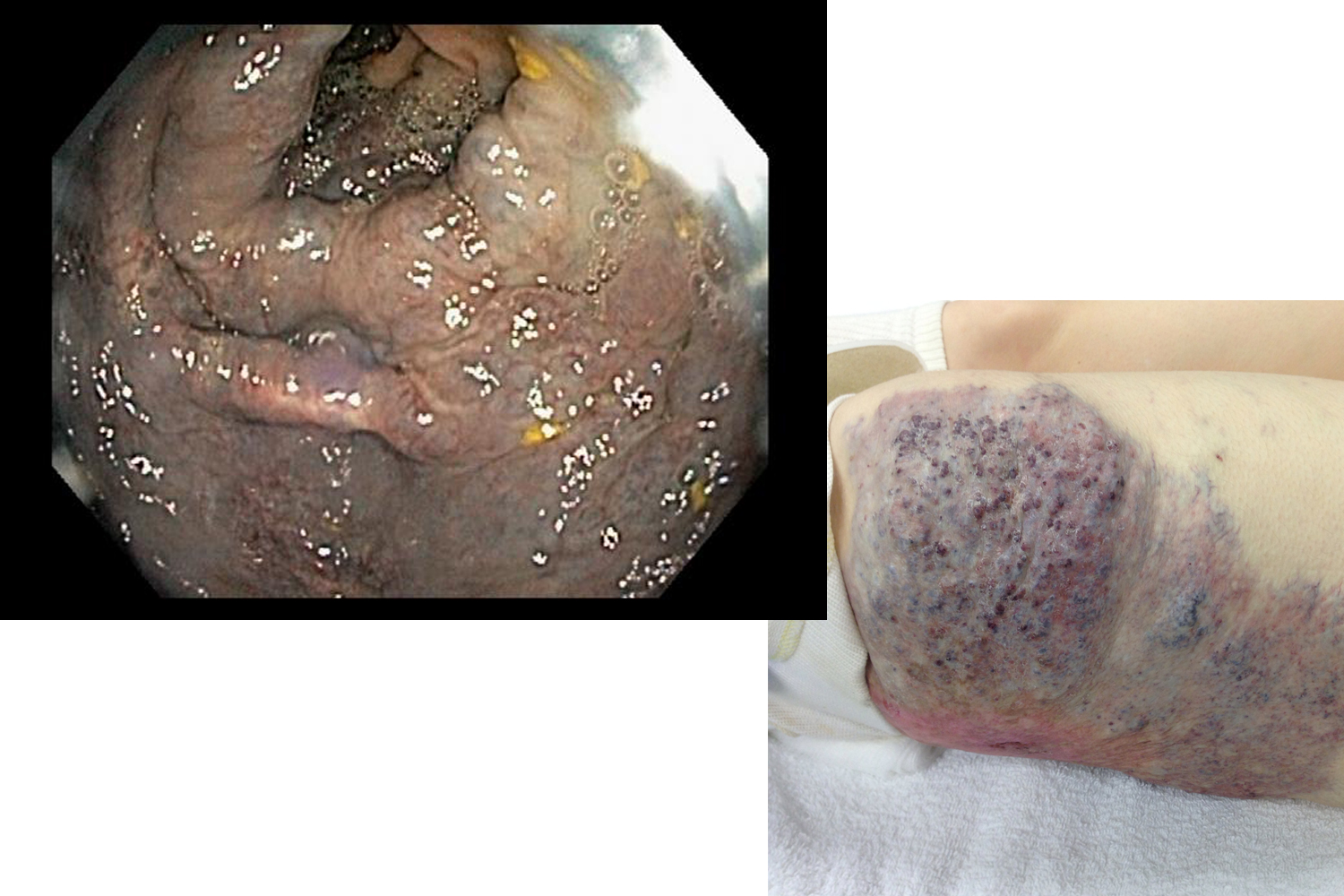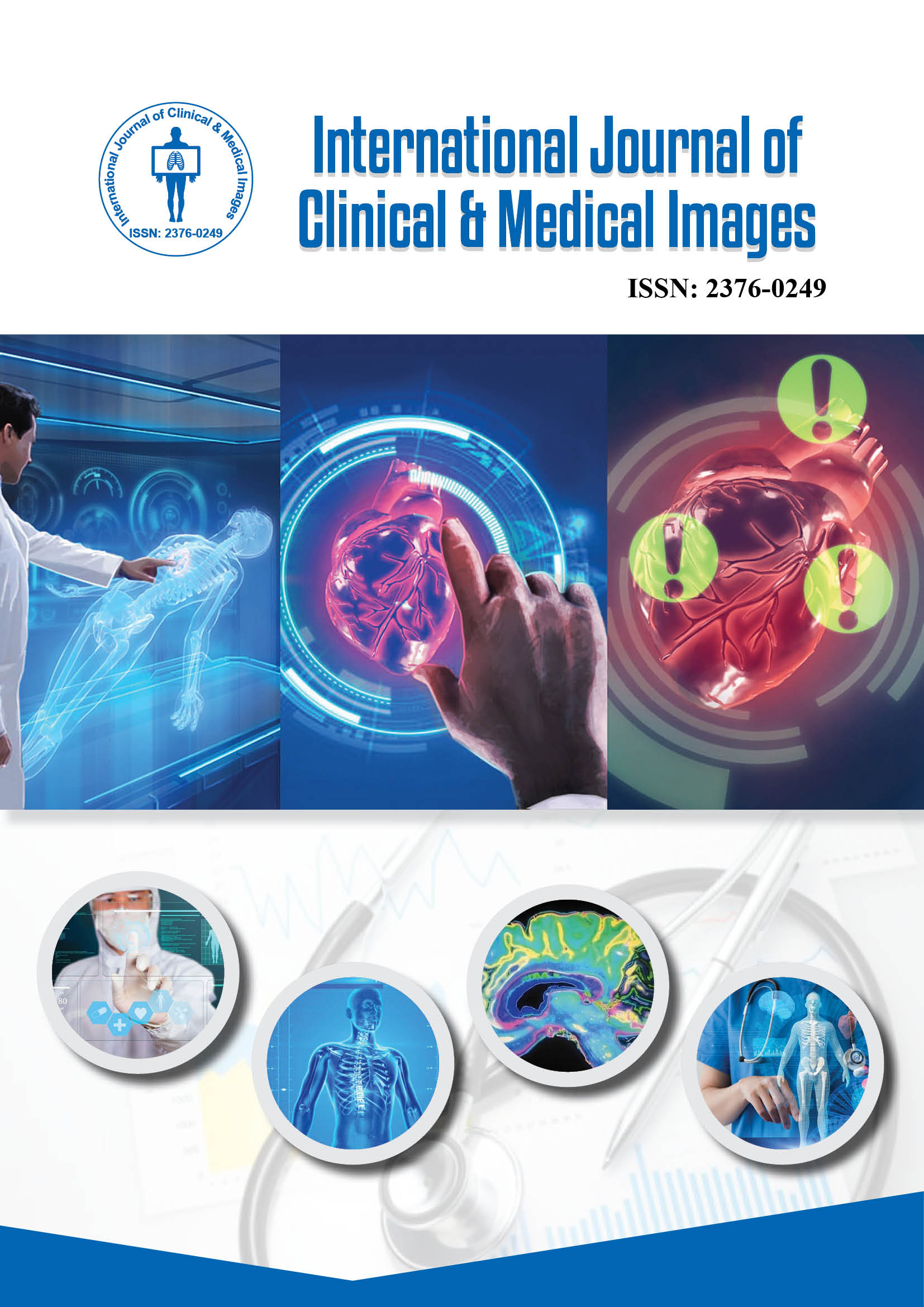2376-0249
Case Blog - International Journal of Clinical & Medical Images (2014) Volume 1, Issue 1

Author(s): Truptesh H. Kothari
Introduction
The Klippel-Trenaunay-Weber syndrome (KTWS) is characterized by Port-wine stain, Soft tissue, and vascular anomalies such as varicose veins [1]. Many people with the Klippel-Trènaunay-Weber have an enlarged leg, skin ulcers, infections and other skin problems, but usually the treatment is conservative [2,3].
Discussion
In 1900, noted French physicians Klippel and Trenaunay termed "naevus vasculosus osteohypertrophicus." In 1907, Parkes Weber, unaware of Klippel and Trenaunay\\\\\\\'s report, described a patient with the aforementioned symptoms as well as an arteriovenous malformation of the affected extremity, which he termed as “hemangiectatic hypertrophy” [4]. Some patients with KTWS have epidural hemangioma and cerebral or spinal cord arteriovenous fistulas. There have been a few reports regarding a rupture of the epidural hemangioma resulting in progressive paraplegia. When epidural block is scheduled as part of treatment for patients with KTWS, CT scan should be performed to investigate abnormal vessels in the lumbar spinal canal [5].
Treatment
1. Laser treatment (pulsed dye laser) for cosmetic improvement of head and neck cutaneous lesions
2. Vascular interventions for AV Malformation Sclerotherapy, surgical stripping, phlebectomy; subfascial endoscopic ligation of perforating veins, endovenous thermal ablation or (rarely) deep venous reconstruction 3. Gastrointestinal bleeding Argon plasma coagulation, Selective arterial embolization, Colectomy etc 4. Splenic haemangiomas Splenectomy may be considered for larger lesions. 5. Orthopedic interventions Limb-length discrepancy may be treated with orthoses or orthopedic surgery, depending on its severity. De-bulking surgery for grossly enlarged limbs is occasionally used but carries a significant risk of lymphatic and venous damage.
Reference
 Awards Nomination
Awards Nomination

